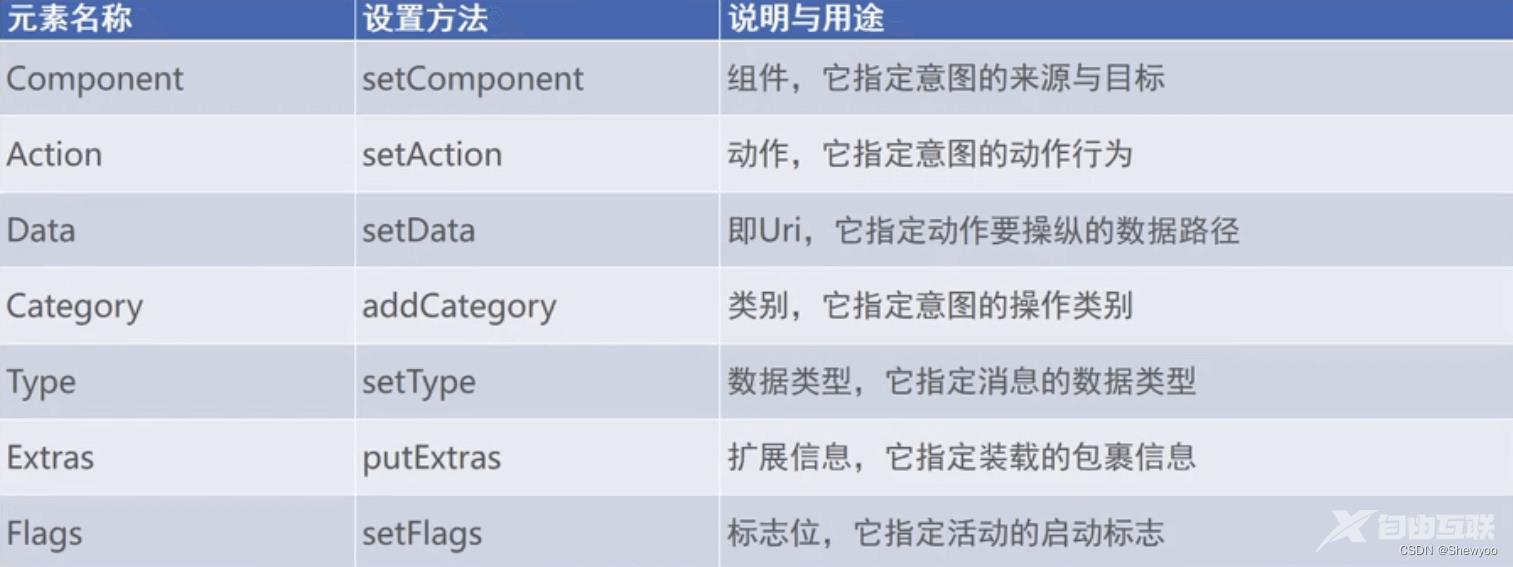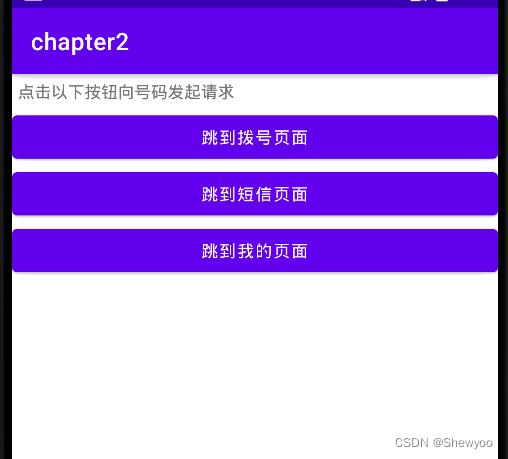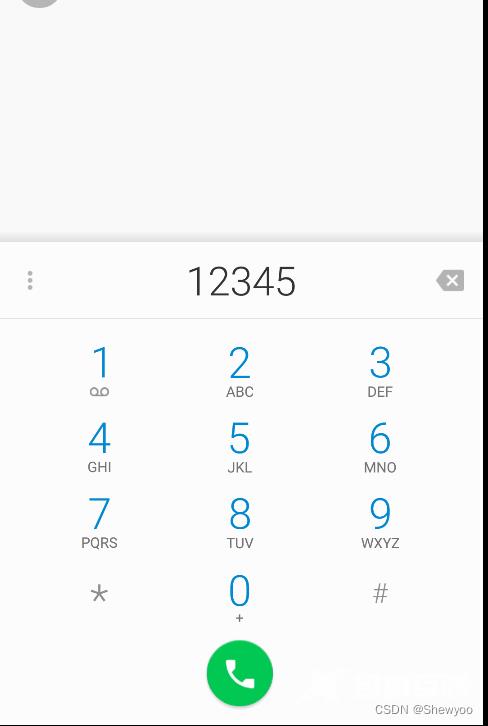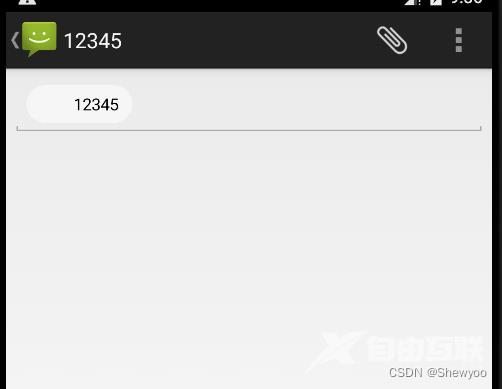目录 什么是Intent 一、显式Intent和隐式Intent 1、显式Intent (1)在Intent构造函数中指定 (2)调用意图对象的setClass方法指定 (3)调用意图对象的setComponent方法指定 2、隐式Intent 什么是
目录
- 什么是Intent
- 一、显式Intent和隐式Intent
- 1、显式Intent
- (1)在Intent构造函数中指定
- (2)调用意图对象的setClass方法指定
- (3)调用意图对象的setComponent方法指定
- 2、隐式Intent
什么是Intent
Intent是各个组件之间信息沟通的桥梁,它用于Android各组件之间的通信,主要完成下列工作:
- 标明本次通信请求从哪里来、到哪里去、要怎么走。
- 发起方携带本次通信需要的数据内容,接收方从收到的意图中解析数据。
- 发起方若想判断接收方的处理结果,意图就要负责让接收方传回应答的数据内容。
Intent的组成部分

一、显式Intent和隐式Intent
1、显式Intent
显式Intent,直接指定来源活动与目标活动,属于精确匹配,有三种构建方式:
- 在Intent的构造函数中指定。
- 调用意图对象的setClass方法指定。
- 调用意图对象的setComponent方法指定。
(1)在Intent构造函数中指定
例:
Intent intent = new Intent(this,ActNextActivity.class)//创建一个目标确定的意图
(2)调用意图对象的setClass方法指定
例:
Intent intent = new Intent();//创建新意图 intent.setClass(this,ActNextActivity.class)//设置意图要跳转的目标活动
(3)调用意图对象的setComponent方法指定
例:
Intent intent = new Intent();//创建新意图 //创建包含目标活动在内的组件名称对象 ComponentName component = new ComponentName(this,ActNextActivity.class); intent.setComponent(component);//设置意图携带的组件信息
2、隐式Intent
没有明确指定要跳转的目标活动,只给出一个动作字符串让系统自动匹配,属于模糊匹配。
通常APP不希望向外部暴露活动名称,只给出一个事先定义好的标记串,这个动作名称标记串,可以是自己定义的动作,可以是已有的系统动作,常见系统动作取值如下:

例:
java
public class ActionUrlActivity extends AppCompatActivity implements View.OnClickListener {
@Override
protected void onCreate(Bundle savedInstanceState) {
super.onCreate(savedInstanceState);
setContentView(R.layout.activity_action_url);
findViewById(R.id.btn_dial).setOnClickListener(this);
findViewById(R.id.btn_sms).setOnClickListener(this);
findViewById(R.id.btn_my).setOnClickListener(this);
}
@Override
public void onClick(View view) {
String phoneNo = "12345";
Intent intent = new Intent();
switch (view.getId()){
case R.id.btn_dial:
//设置意图动作为准备拨号
intent.setAction(Intent.ACTION_DIAL);
Uri uri = Uri.parse("tel:"+phoneNo);
intent.setData(uri);
startActivity(intent);
break;
case R.id.btn_sms:
//设置意图动作为发短信
intent.setAction(Intent.ACTION_SENDTO);
Uri uri2 = Uri.parse("smsto:"+phoneNo);
intent.setData(uri2);
startActivity(intent);
break;
case R.id.btn_my:
intent.setAction("android.intent.action.NING");
intent.addCategory(Intent.CATEGORY_DEFAULT);
startActivity(intent);
break;
}
}
}
xml
<LinearLayout xmlns:android="http://schemas.android.com/apk/res/android"
xmlns:tools="http://schemas.android.com/tools"
android:layout_width="match_parent"
android:layout_height="match_parent"
android:orientation="vertical">
<TextView
android:layout_width="match_parent"
android:layout_height="wrap_content"
android:padding="5dp"
android:text="点击以下按钮向号码发起请求"/>
<Button
android:id="@+id/btn_dial"
android:layout_width="match_parent"
android:layout_height="wrap_content"
android:text="跳到拨号页面"/>
<Button
android:id="@+id/btn_sms"
android:layout_width="match_parent"
android:layout_height="wrap_content"
android:text="跳到短信页面"/>
<Button
android:id="@+id/btn_my"
android:layout_width="match_parent"
android:layout_height="wrap_content"
android:text="跳到我的页面"/>
</LinearLayout>
需要跳转到的自定义的页面的AndroidManifest.xml文件
<activity
android:name=".ButtonClickActivity"
android:exported="true">//需要设置为true,意为允许其他应用跳转
<intent-filter>
<action android:name="android.intent.action.MAIN" />
<category android:name="android.intent.category.LAUNCHER" />
</intent-filter>
//添加的代码:
<intent-filter>
<action android:name="android.intent.action.NING" />
<category android:name="android.intent.category.DEFAULT" />
</intent-filter>
</activity>



到此这篇关于Android显式Intent与隐式Intent的使用详解的文章就介绍到这了,更多相关Android Intent内容请搜索自由互联以前的文章或继续浏览下面的相关文章希望大家以后多多支持自由互联!
